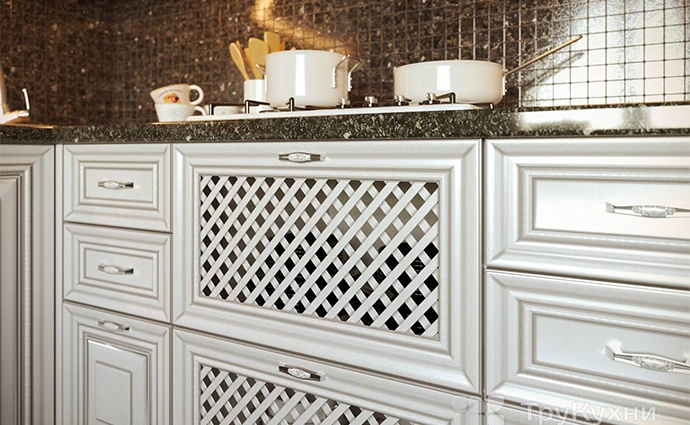Hit enter to search or ESC to close
High-Efficiency Weaving Chain Link Fence & Advanced Weaving Machines for Sale

(weaving chain link fence)
Weaving chain link fence has proven to be an indispensable part of modern infrastructure, balancing cost, durability, and versatility across a multitude of industries. As urbanization accelerates globally, the total demand for chain link fencing is projected to surpass 950 million square meters by 2026. This surge is largely attributed to expanding construction in industrial, residential, and agricultural sectors. Moreover, the need for secure perimeter solutions in settings ranging from schools to factories has intensified the adoption of advanced chain link weaving machines. These machines not only streamline production but also ensure consistency and strength in every link. With rising safety standards, the global chain link fence market is set to maintain an average annual growth rate of 5.2%, highlighting the pivotal role of innovative weaving technologies in meeting structural and socio-economic needs.
At the heart of every quality chain link fence lies technological precision. Modern chain link fence weaving machines are engineered for both speed and reliability, with state-of-the-art components such as servo motors, digital control interfaces, and modular wire feeding systems. The average contemporary weaving machine can output up to 280 square meters per hour, a threefold improvement over traditional semi-automatic methods. What distinguishes today’s equipment is not just rapid output but also tight weave uniformity and reduced wire wastage, ensuring that even high-tension fences remain structurally sound over time. Automation functionalities include pre-cutting, twisting, and edge locking, all integrated via programmable logic controllers (PLCs) for minimal human intervention. As requirements diversify, the machines adapt seamlessly to wire gauges, mesh apertures, and roll lengths, making them essential to efficient and scalable fence manufacturing operations.
Innovation within the realm of chain link weaving machine manufacturing has yielded several notable advances. Key among these is the transition towards fully automated systems equipped with feedback sensors that instantly detect and correct wire feed anomalies. Modern machines support dual wire feeding, which can raise production efficiency by up to 27% compared to single-wire systems. Moreover, adaptive tension control technology eliminates the risk of sags and irregular mesh that previously plagued manual operations. Enhanced lubrication systems now prolong operational lifespan, reducing maintenance downtime by nearly 40%. The incorporation of HMI (Human Machine Interface) screens simplifies parameter adjustments, enabling swift changes between mesh sizes, edge treatments (knuckled, twisted, or barbed), and roll specifications. This combination of automation, precision, and agility has moved chain link weaving from a labor-intensive task to a highly optimized process, directly impacting end-product durability and aesthetic value.
The contemporary market for chain link fence weaving machines features a spectrum of manufacturers, each offering distinct specifications, service frameworks, and price points. Below is a comparative analysis of leading global brands in 2024:
| Manufacturer | Production Speed (sq.m/hr) | Wire Gauge Range (mm) | Automation Level | Average Price (USD) | Warranty (years) | After-Sales Service |
|---|---|---|---|---|---|---|
| SecureTec Machinery | 280 | 1.8–5.0 | Full Auto PLC | $21,800 | 3 | 24/7 Global Remote Support |
| FenceMaster Pro | 235 | 2.0–4.5 | Semi-Auto | $16,500 | 2 | 48hr Technician On-Site |
| MeshWeave Industries | 310 | 1.6–5.2 | Full Auto PLC + HMI | $25,400 | 4 | Lifetime Online Support |
| Guardian Wire Technologies | 195 | 2.2–5.0 | Semi-Auto | $14,900 | 1.5 | Email/Ticketing |
The data underscores a clear trend: full-automation and advanced support packages command higher investments, but they deliver not only production superiority but also longer warranties and streamlined issue resolution. Companies with 24/7 support or lifetime online assistance effectively reduce operational risks, a decisive factor for fence manufacturers targeting high-output contracts and sustained growth.
Beyond mass production, weaving chain link fence
for project-specific requirements calls for tailored configurations. Customization has emerged as a powerful differentiator in client satisfaction, especially in sectors such as security, sports facilities, and agriculture, where specific mesh apertures or protective coatings may be mandated. Top-tier manufacturers offer modular die-sets for automatic adjustment of mesh size and aperture shape, accommodating requests from 25 mm (for high-security enclosures) up to 100 mm mesh (for agricultural use). Coating options range from galvanized to PVC and even specialty anti-corrosion blends for harsh environments. Select machines also integrate with ERP systems, supporting full digital production tracking and quality reports—a vital feature for contractors handling public-sector infrastructure or export-oriented operations. Through pre-sale consultation, prototype sample runs, and detailed project scoping, leading vendors ensure that fence output not only meets but exceeds the unique needs of every installation site.
The versatility of modern chain link weaving solutions enables broad application across numerous fields. In 2023, an international airport perimeter installation in Europe leveraged a fully automated weaving machine to fabricate 180,000 meters of 3.5 mm galvanized mesh within six weeks—40% ahead of initial schedule. A South American sports complex cited a 60% reduction in product waste and an 18% improvement in mesh consistency after switching to dual-wire feeding technology. In the agricultural sector, automated chain link weaving supported fencing over 200 hectares of livestock land, achieving consistent barrier quality with annual maintenance needs dropping by one third thanks to advanced anti-rust coatings. Across these use cases, the deployment of cutting-edge machinery was pivotal in exceeding safety, durability, and scalability targets. Real-world feedback consistently points to rapid ROI, especially for contractors operating in high-volume or high-specification environments.
Weaving chain link fence is no longer a mere commodity task; it stands as a strategic asset, underpinning the safety and efficiency of countless industrial, residential, and public applications. The evolution of chain link fence weaving machine technology has empowered producers to meet diverse, rigorous, and ever-changing client demands while upholding uncompromising quality standards. Ongoing advancements—in automation, customization, and digital integration—are driving costs down and performance up. Across sectors, from rapid urban expansion projects to tailored agricultural solutions, the technology's track record speaks for itself through data-backed performance, adaptability, and longevity. In an era where infrastructure resilience and cost efficiency are critical, sophisticated weaving methodologies offer a clear competitive edge, paving the way for next-level security and connectivity worldwide.

(weaving chain link fence)
A: A weaving chain link fence is a type of fencing made by interlocking steel wires into a diamond pattern. This process is called weaving and creates a strong, durable barrier. It is commonly used for residential, commercial, and sports enclosures.
A: A chain link fence weaving machine automatically twists and interlocks wires to form the diamond mesh. The machine weaves the wire efficiently and evenly. It saves time and ensures consistent quality in fence production.
A: There are semi-automatic and fully automatic chain link weaving machines. Semi-automatic machines require some manual operations, while fully automatic ones handle the entire process. Your choice depends on production scale and budget.
A: Most machines can handle galvanized wire, PVC-coated wire, or stainless steel wire. Material choice depends on the desired fence durability and corrosion resistance. Always check your machine’s specifications for compatibility.
A: Using a weaving machine increases productivity and produces fences consistently and accurately. It reduces labor costs and production time. This results in high-quality chain link fences suitable for many applications.
JOIN OUR NEWSLETTER
If you are interested in our products, you can choose to leave your information here, and we will be in touch with you shortly.
